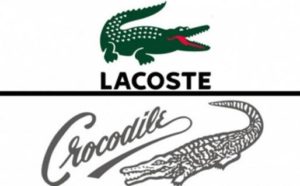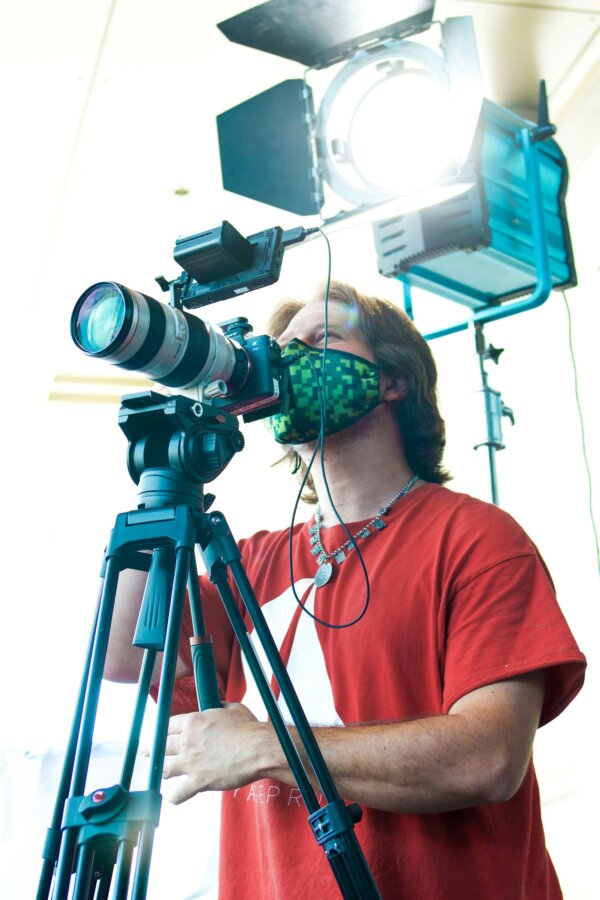Aftermath of the Lacoste v Crocodile International trade mark battle
Written by Margaret Briffa | July 21, 2016
The ongoing trade mark battle between Lacoste and Crocodile International has finally come to an end in New Zealand. The trade mark dispute regarding the crocodile logo had been going on between the two fashion giants in various jurisdictions around the world for decades.
 The case has now been dismissed by the Court of Appeal in New Zealand after it upheld a previous decision in Lacoste’s favour. Crocodile International has been ordered to pay the costs of the appeal.
The case has now been dismissed by the Court of Appeal in New Zealand after it upheld a previous decision in Lacoste’s favour. Crocodile International has been ordered to pay the costs of the appeal.
In 2008, Crocodile International argued that Lacoste had not genuinely used the crocodile trade mark and that it should be revoked. The Assistant Commissioner of Trademarks agreed and found in favour of Crocodile International. However, last year the decision of the Assistant Commissioner of Trademarks was overturned by Justice Collins in the High Court in favour of Lacoste.
On appeal, it was argued that Justice Collins had incorrectly identified the essential elements of Lacoste’s trade mark. However, the Court of Appeal was satisfied that the identification Justice Collins had made was correct, saying that the crocodile image was the “central idea and message” of the logo, not the word crocodile or the combination of the word and logo together. In short, the court held, “it is all about the crocodile”.
Following the decision, Lacoste’s lawyers said that the crocodile belonged to Lacoste in New Zealand — “Crocodile International is never going to be able to register a crocodile mark in New Zealand because it would inevitably be found … to be misleading” – Lacoste’s lawyers also noted that Crocodile International was not currently trading in New Zealand so Lacoste was not preventing its rival from doing anything it wouldn’t otherwise be able to do.
Briffa Comment
There are a few points to take away from the ‘crocodile’ saga:
First, trade marks are valuable – Trade marks are ‘brand identifiers’ and – whether they are words or images or logos comprising a combination of words or images – they are what customers use to remember, identify and find particular brands. It is essential therefore to formulate a brand strategy and invest in trade mark protection at the earliest possible opportunity.
Second, search before you invest – The world is full of competing entities selling similar products and services under similar names and logos. It is always worth investing a little time and money searching for existing identical (or similar) brand names or logos before you invest in trade mark protection for your proposed brand name or logo.
Third, maintain, expand and defend – A trade mark portfolio must be maintained – i.e. the trade mark must be renewed periodically – in most jurisdictions this means paying renewal fees once every ten years but it is a relatively small price to pay for brand protection for a decade. In addition, as the business and brand grows and expands into new jurisdictions, so too should the trade mark protection expand and grow to help prevent counterfeiting and other types of infringement as the brand becomes more recognisable and more valuable in more jurisdictions around the world.
Finally, if and when trade mark infringement does occur, it is essential to respond with a cease and desist letter initially to protect the integrity of the brand from counterfeiters and other infringers.
Briffa advises on brand strategy and all other aspects of contentious and non-contentious trade mark law and practice.

